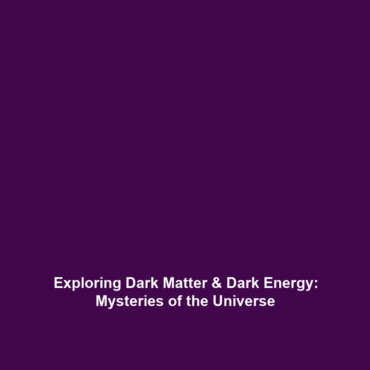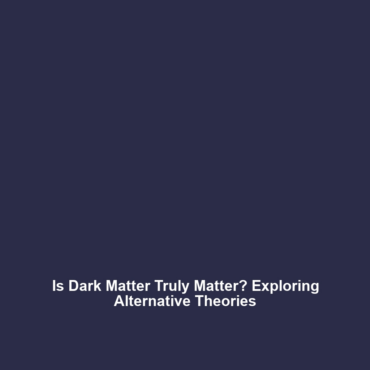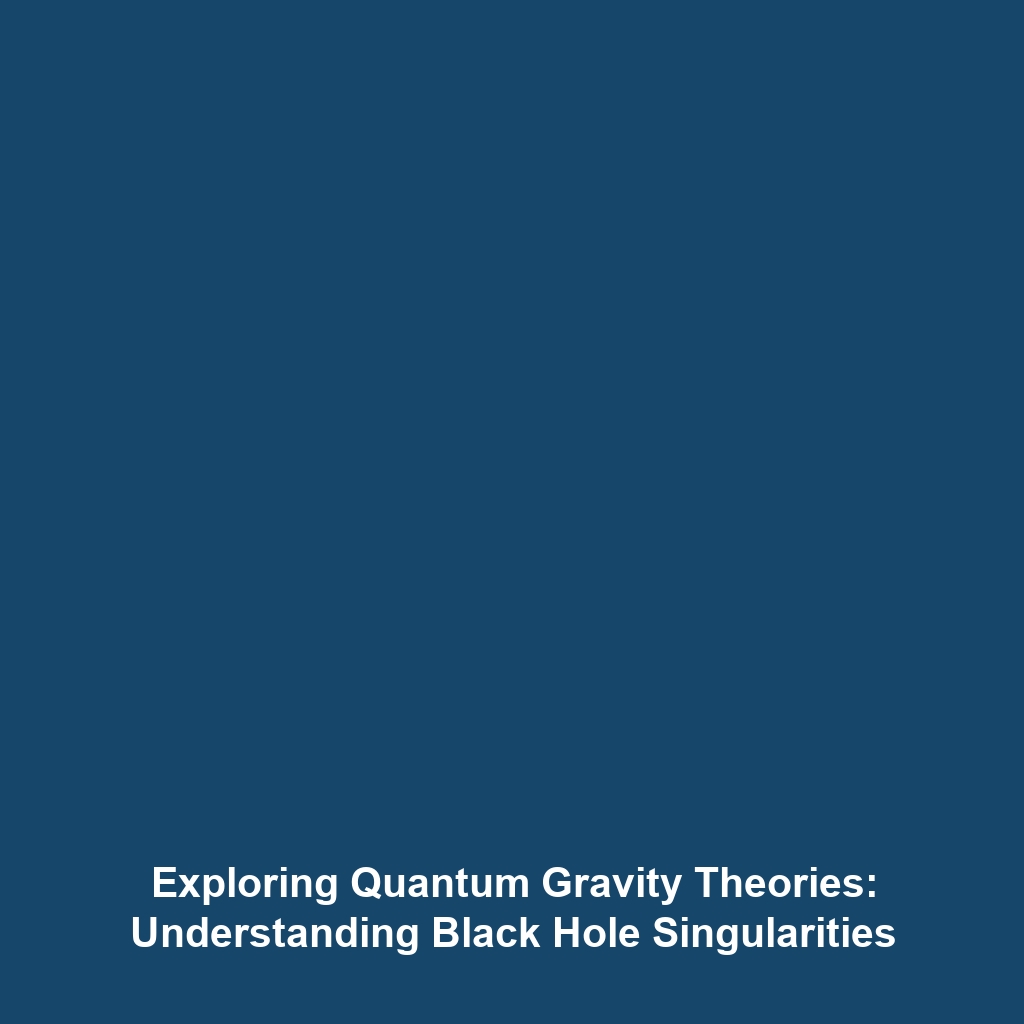Understanding Subtopics in Dark Matter & Dark Energy
Dark matter and dark energy constitute two of the greatest mysteries in the universe, shaping our understanding of cosmology and astrophysics. The significance of exploring various subtopics within this domain cannot be overstated, as they help unravel the complexities behind the universe’s structure and expansion. This article discusses crucial subtopics related to dark matter and dark energy, highlighting their importance and relevance in scientific research.
Key Concepts Related to Subtopics
Subtopic 1: Dark Matter Composition
One major subtopic is the composition of dark matter, which includes hypothetical particles such as Weakly Interacting Massive Particles (WIMPs) and axions. Understanding these components is fundamental to grasping how dark matter interacts with visible matter and influences the universe’s evolution.
Subtopic 2: Dark Energy Dynamics
Another critical area of research is the dynamics of dark energy, which drives the accelerated expansion of the universe. Investigating various models, such as the cosmological constant and quintessence, allows scientists to predict future cosmic behaviors.
Subtopic 3: Gravitational Lensing
Gravitational lensing serves as a crucial observational tool in studying dark matter. Light from distant galaxies bends due to the gravitational influence of dark matter, providing indirect evidence of its existence and distribution throughout the cosmos.
Applications and Real-World Uses of Subtopics
The investigation into these subtopics not only enhances our theoretical understanding but also has significant practical applications:
- Applications of Dark Matter Research: Helps in designing experiments for detecting dark matter particles, influencing technologies like particle accelerators.
- Cosmic Observations: Dark energy studies inform telescope technologies aimed at capturing high-resolution images of space.
- Astronomical Models: Enhances simulations and modeling efforts in predicting cosmic phenomena.
Current Challenges in Studying Subtopics
Despite advancements, several challenges persist in the field, including:
- Limited direct detection methods for dark matter particles.
- Complications in modeling dark energy’s effects on cosmic expansion.
- Theoretical disagreements regarding alternative cosmological models.
Future Research and Innovations
Upcoming research trusts new innovations that may revolutionize our understanding of dark matter and dark energy:
- Next-gen particle detectors aimed at directly observing dark matter.
- Satellite missions designed to measure dark energy’s impact across vast cosmic scales.
- Enhanced computer simulations that integrate dark matter in stellar formation studies.
Conclusion
In conclusion, the exploration of subtopics within dark matter and dark energy is critical in advancing the broader scientific understanding of our universe. As research progresses, continuous engagement with these topics holds the potential to unlock further cosmic mysteries. For more insights on related subjects, visit our articles on Dark Matter and Dark Energy.





